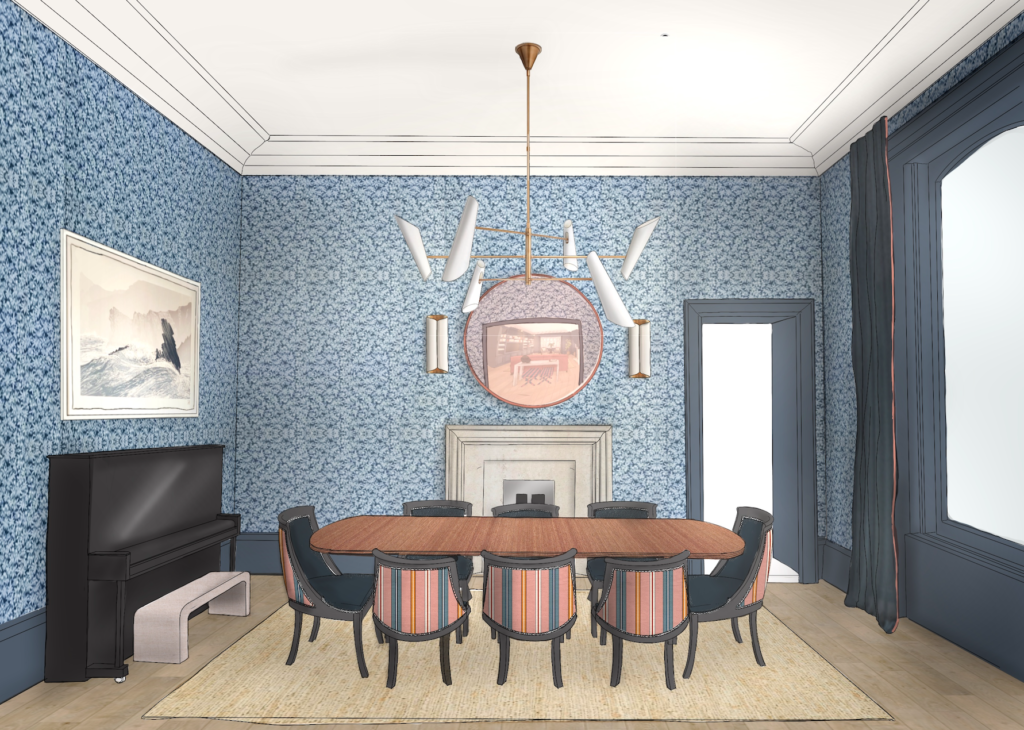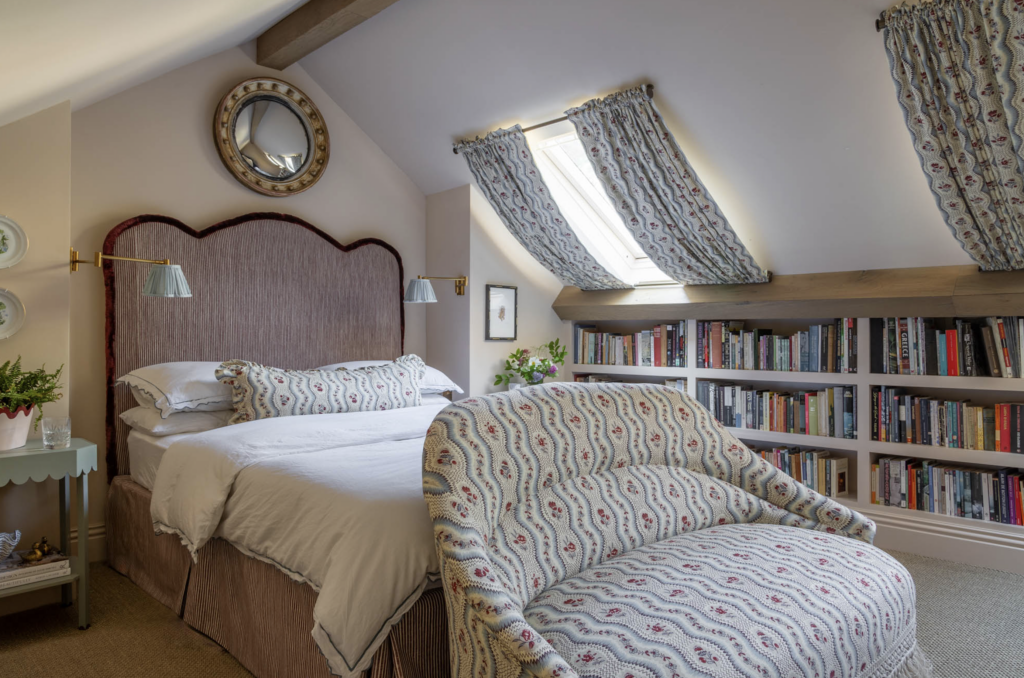I try to incorporate varied levels and types of lighting within my interior schemes. Lighting within a room must serve purpose and be appropriate to the room’s function, however it must also transition from day-to-night and season-to-season. In the summer months we may have opted to keep our curtains open and let the sunlight fill our rooms. We may have also decided not to turn on certain lamps in order to keep the house feeling cool. As we move into winter, we may want the curtains drawn and the lamps turned on with flickering candles and a roaring fire to evoke a sense of cosiness and warmth. It is with this in mind, that I put together my list of must-have lighting for autumn.
1. Varied levels of lighting
I think it is important to incorporate lighting at different heights within a room. I rarely turn on overhead downlights (especially in the cooler months) and rely much more heavily on low-level lighting like table lamps and wall sconces. Depending on the functionality of the room (i.e. if it is a kitchen versus a sitting room), one may want their downlights on at full capacity in order to cook or clean. In my opinion, overhead lights are unnecessary for any other task and instead, I try to incorporate ample low and mid-level lighting which I can turn on at different points during the day. There is nothing nicer than warm table lamp lighting during an autumn evening.
2. Incorporate natural lighting
If possible, and especially in England, I think every sitting room needs a fireplace. The warmth of candle-light and the glow of a fire is my absolute favourite type of light during the autumn months. There is nothing cosier than a plethora of lit candles down a dinner table in the evening or a crackling fire in a sitting room at night. Candles add an amazing sense of atmosphere and calm within a room.
3. Swap out the wretched blue light!
Fortunately, we have come such a long way with LED lightbulbs and there are now countless options on the market for environmentally friendly warm interior lighting. We no longer need to have that uninviting blue light that we had in the early 2000’s. It is as simple as swapping out cool toned bulbs in your lamps for much warmer varieties. Consult with an electrician to swap out LED strip lights in alcove units to the newer, warmer ones on the market now. In my opinion, blue lights are cold and uninviting and must be removed at all costs!
4. Introduce dimmer switches
Having the option to dim lighting is always a luxury within an interior. If you are like most of the population and you aren’t fortunate enough to work with a lighting designer, simply changing your switches to dimmers will completely transform your rooms. Being able to play with the levels of lighting will allow you to create different moods and atmosphere within each room.
5. Go bold!
Introduce statement decorative lighting into your interior schemes. I love incorporating over-scaled table lamps with fun patterned shades into my interiors. Lighting doesn’t always need to be functional and the lamp itself can become a design feature within a space. I love using glazed ceramic lamp bases for a pop of colour, or introducing over-scaled, whimsical pendants to create features and focal points within a room. Companies like Lorfords and Fermoie have stunning printed lampshades made from antique silk or block-printed cotton. Simply swapping out your old ‘boring’ shades can breathe new life into your space and completely transform an old lamp.










